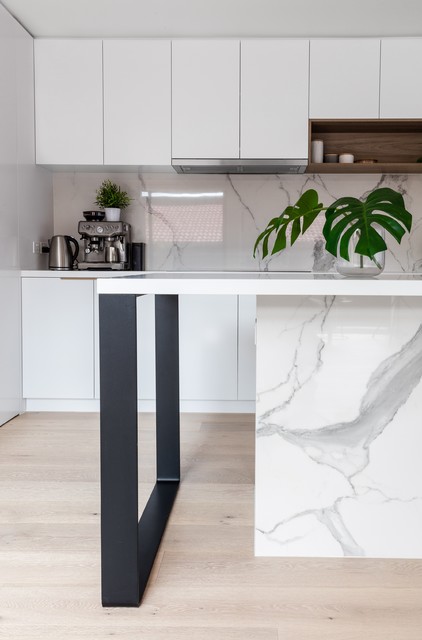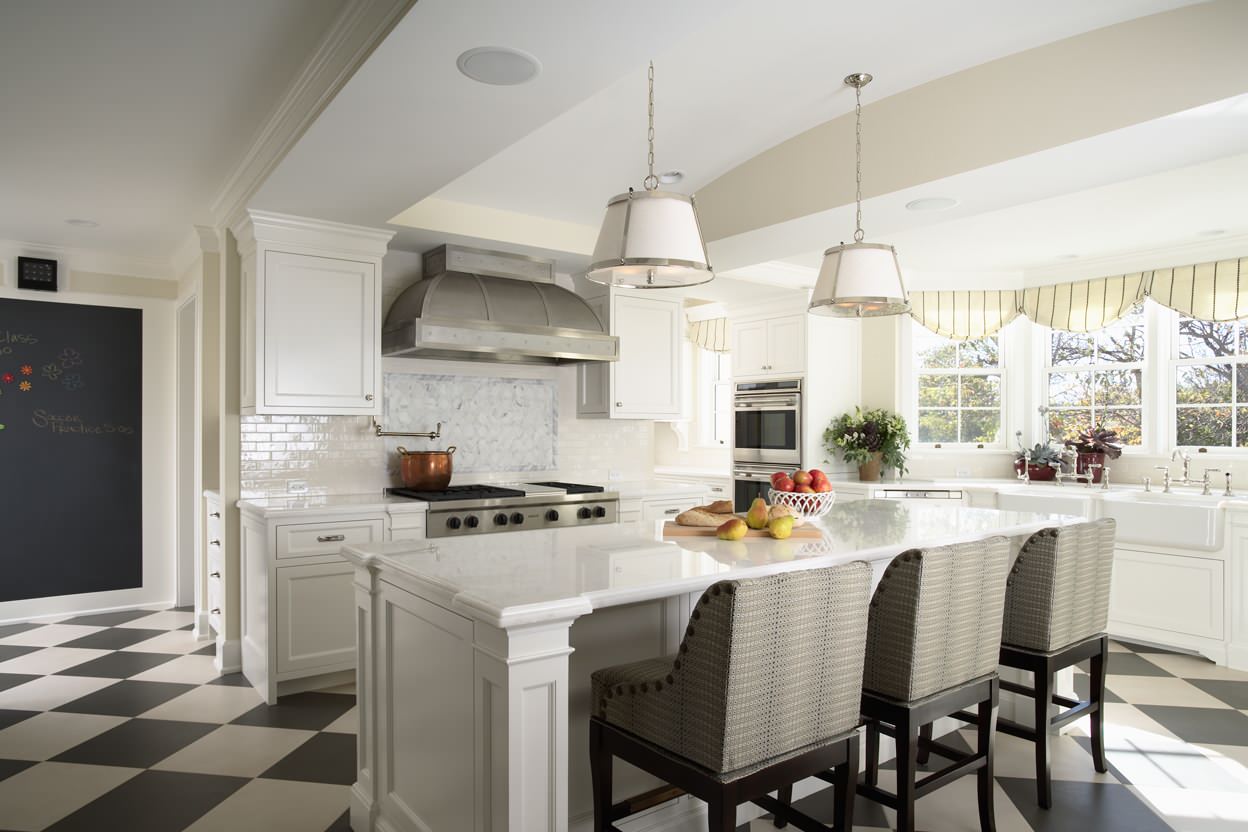A Comprehensive Guide to Selecting the Right Kitchen Island Leg
A Comprehensive Guide to Selecting the Right Kitchen Island Leg
Blog Article
The Significance of a Sturdy Kitchen Island Leg in Creating a Useful Food Preparation Area
A strong kitchen area island leg offers as a basic part in establishing a useful cooking environment, offering required support for both the counter top and various cooking area activities. As kitchen areas progress right into multifunctional areas for food preparation, eating, and interacting socially, the option of materials and design considerations for island legs ends up being progressively essential.
Advantages of Sturdy Island Legs
Offering vital support, sturdy kitchen area island legs play a critical function in enhancing the capability and longevity of kitchen islands - kitchen island leg. These legs not just bear the weight of the countertop and any type of added products positioned on the island, yet likewise contribute to the overall stability of the structure. A well-supported cooking area island guarantees that it remains upright and useful, even under hefty use, which is specifically important in hectic cooking area settings
Moreover, tough island legs can improve the visual allure of the kitchen area. They provide a strong framework that can match various layout styles, from modern to conventional. This convenience enables property owners to personalize their kitchen area islands according to personal taste while guaranteeing that the architectural stability remains uncompromised.
In addition to their encouraging function, robust kitchen island legs can additionally improve safety. Eventually, investing in strong kitchen area island legs is necessary for a functional and aesthetically pleasing cooking area.
Products for Kitchen Island Legs
When picking materials for cooking area island legs, sturdiness and aesthetic charm are vital factors to consider. One of the most usual products consist of hardwood, steel, and crafted wood, each offering unique benefits.
Hardwood, such as cherry, oak, or maple, is a traditional selection because of its strength and ageless beauty (kitchen island leg). It can stand up to substantial weight and is resistant to use, making it ideal for high-use kitchen atmospheres. Additionally, wood can be discolored or painted to enhance various cooking area styles
Steel legs, commonly crafted from stainless-steel or functioned iron, give a modern-day and industrial appearance. They are incredibly strong and can sustain significant loads while being immune to moisture and warm, which is beneficial in a cooking area. Steel legs can additionally be quickly cleaned, improving their functionality.

Design Factors To Consider for Stability
The choice of products for kitchen area visit this page island legs directly influences the layout factors to consider for security. When developing a cooking area island, it is vital to review the weight-bearing capability of the picked products. Larger materials, such as strong wood or steel, generally provide higher stability, specifically under the stress and anxiety of everyday use.
In addition, the leg style should integrate proper geometry to enhance stability. A wider base increases the assistance location, lessening the risk of wobbling or tipping. Consideration must also be provided to the elevation of the legs; disproportionate leg sizes can cause inequality, jeopardizing the overall security of the island.
Furthermore, the circulation of weight across the island is vital. Making certain that the leg positioning aligns with the heaviest parts, such as home appliances and counter tops, will further boost stability.
Upkeep Tips for Long Life

Depending on the material of the legs-- whether timber, metal, or composite-- ideal cleansing techniques need to be used. Steel legs might need a light polish to stop corrosion and preserve their radiance.
Additionally, tightening up screws and screws consistently can make certain security and stop tottering. Take into consideration reinforcing the legs with extra brackets or supports to improve resilience if the kitchen island experiences hefty use. Using a protective finish or sealer can secure against dampness and spots, extending the lifespan of the legs. By adhering to these upkeep suggestions, homeowners official website can guarantee their kitchen area island legs remain durable and practical for many years to come.
Selecting the Right Leg Style
Routine maintenance guarantees that cooking area island legs stay strong and useful, but selecting the right leg design is just as important for both aesthetic appeals and support. The choice of leg style can significantly influence the total layout and consistency of your kitchen area.

Performance is an additional crucial element. Thicker legs or those with a durable base can support larger kitchen counters and equipment, boosting the island's energy. Conversely, slim legs might develop a ventilated look, ideal for lighter styles however potentially less supportive.
Conclusion
In recap, the importance of sturdy kitchen area island legs can not be overstated in the production of a practical cooking location. These legs provide crucial support, boost security, and add to the general aesthetic of the cooking area.
A durable cooking area island leg serves as a fundamental element in developing a functional food preparation atmosphere, giving essential support for both the countertop advice and numerous cooking area activities.Giving essential assistance, durable kitchen island legs play a crucial role in boosting the functionality and longevity of kitchen area islands. Inevitably, investing in durable cooking area island legs is important for a useful and visually pleasing cooking area.
Factor to consider needs to also be provided to the elevation of the legs; disproportionate leg lengths can lead to discrepancy, endangering the overall stability of the island.
Wood legs give warmth and a classic look, while steel legs supply a commercial and modern-day feel.
Report this page